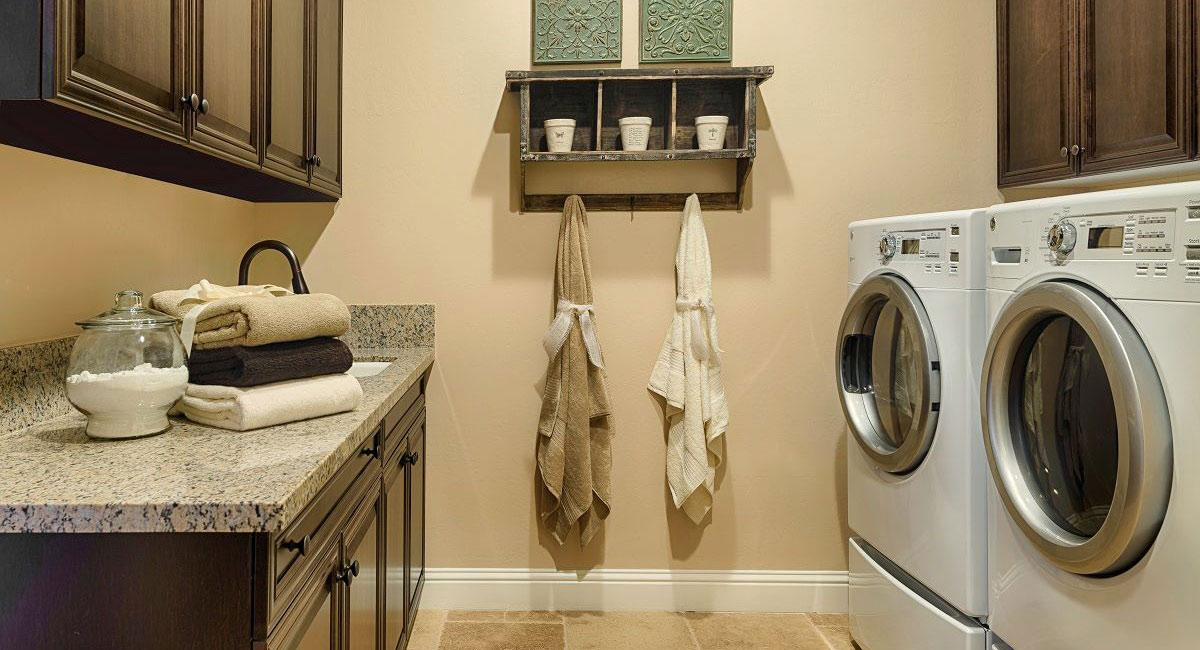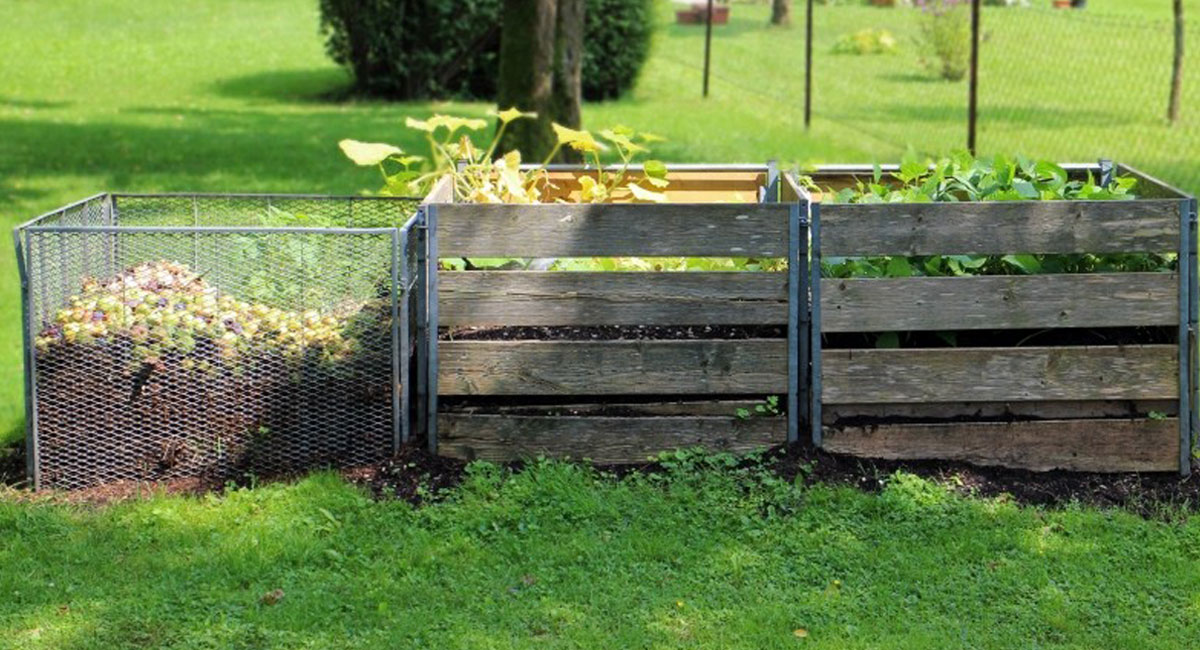On April 22, 1970, a united outcry of 20 million Americans against the depreciation of the planet – its atmosphere, terrestrial and aquatic ecosystems – was heard from coast to coast; today, Earth Day is a globally-recognized event, with more than one billion active followers, to continually support efforts for the improvement, restoration, and protection of the globe. You can practice good stewardship of your home planet by following these eight eco-friendly tips to go greener at home.
Repair Leaky Plumbing
If the drip-drop of a leaky faucet does not keep you up at night, you should become restless at this irksome thought: Each drop is a penny out of your pocket down the drain. Plumbing leaks cost you money; in addition to paying a slightly higher utility bill each month, you will be most upset when repair fees are due for unpleasant structural issues, such as compromised drywall and flooring – the result of overexposure to moisture. Moreover, unaddressed seepage can lead to mold and the unwelcome infiltration of pests that rely on damp environments to breed and thrive.
To get a better understanding of the physical impact your leaky faucet has on the environment, enter the number of drips per minute into an online drip calculator to determine how many gallons are wasted a year. For example, if a pipe leaks 30 drips per minute, nearly 1,577 gallons are spent each year the leak goes unfixed. As the average price for water in the U.S. is $1.50 every 1,000 gallons, you see a small impression in your wallet now, until the aforementioned issues occur.
Additional Sources:
How to Confirm and Repair a Leak
Find and Repair Hidden Plumbing Leaks

Wash Laundry in Cold Water
According to Helen Thompson, a writer on science and culture for the Smithsonian, your washing machine uses nearly 75% of its energy to heat the water for one load of laundry. Switching to cold water not only conserves energy, thus lowering your utility bill, but it also prolongs the longevity of your attire. Hot water depreciates the quality of your clothing – dissolving the dyes and shrinking the fabric – at a faster rate than cold water, and the same rule applies in a toss-up between line drying and subjecting your garments to a hot drier, the former of which saves you more money on unspent energy.
Additional Sources:
The Case for Washing Clothes in Cold Water by Helen Thompson (2015)
Reduce Hot Water Use for Energy Savings

Drink Tap Water; Say ‘No’ to Plastic
Bottled water sounds convenient, clean, and safe, but it has a strong, detrimental impact on the environment. In addition to the heavy consumption of fossil fuels, nearly 72 billion gallons of water is annually wasted to produce plastic bottles, according to Todd Jarvis, PhD, associate director of the Institute for Water and Watersheds. Less than 30% of the United States recycles their plastic water bottles, which means our landfills overflow with at least 2 million tons of plastic bottles; to make matters worse, it takes 1,000 years for a single bottle to biodegrade. If this is not enough to turn your stomach, the Natural Resources Defense Council (NRDC) had two cases of discovered phthalates – a chemical found in cosmetics – when they ran contaminant tests on branded bottled water; other tests revealed bacterial impurities.
Drinking tap water is the healthier, greener alternative to bottled water. Not only does it save you money – Americans annually drop nearly $12 billion on bottled water – and reduce plastic waste, but the water that flows from your faucet is arguably cleaner because public water systems filter drinking water before it reaches your neighborhood. The “funny” smell or taste you detect in tap water is due to the chlorine the facilities use to kill harmful bacteria; you can remove the unpleasant flavor and odor by using a carbon filter. You may be surprised to learn that some manufacturers of bottled water get their source straight from the tap and process it with chemically-based cleaning treatments, though not the same curing applications that your local system is required to use by the Environmental Protection Agency (EPA); this explains how bacterial and chemical compounds slip by in bottled sources.
Please note: Old plumbing made of lead or copper can seep into drinking water, and therefore it is a good measure to have your water tested.
Additional Sources:
Bottled Water vs. Tap Water: Rethink What You Drink by Priscilla Torres
Bottled Water vs. Tap Water: Which One is Best for You?
Tap Water is Clearly Better than Bottled Water – Here’s Why
10 Incredible Plastic Water Bottle Facts to Help You Ditch the Fad Forever

Light Up a Room with CFLs or LEDs
Compact fluorescent lights (CFL) cost a dollar or two more than common incandescent bulbs, but use a quarter as much energy and last a great deal longer (5,000+ hours). This being the case, you not only hold back money on your utility bill, but you also save $100 or more on bulbs, because three CFLs give you the same 25,000 hours of use as 21 incandescent bulbs. The one downside to this product is that it contains a small amount of mercury; therefore, if a CFL breaks, it is important to follow the proper clean-up steps and recycle spent bulbs.
LEDs are by far the most energy-efficient bulbs of choice, lasting 20,000+ hours and using 75% less energy than incandescent lighting; its only shortcoming is how expensive the product runs – anywhere from $8 to $40, depending on the manufacturer and eco-friendly certifier, like ENERGY STAR®. If you plan to live in your home long-term, replacing all the lights in your home with LEDs will prove the most green and cost-efficient method for brightening your habitable spaces.
Additional Sources:
CFL vs. LED vs. Incandescent Light Bulbs
Lighting Choices to Save You Money
Reduce, Reuse, Recycle
The three R’s – reduce, reuse, recycle – are essential to cutting waste, saving natural resources, conserving landfill space, and diminishing your carbon footprint. Here are a few ways you can manage your waste:
- Buy products in bulk
- Replace disposable items (e.g., paper plates, paper napkins, plastic cups) with durable goods
- Remove your name from junk mail lists
- Donate and shop at the second-hand store
- Bring a cloth bag to the store and avoid plastic/paper grocery bags
- Reuse jars to drink beverages or store leftover food
Did you know you can make money by recycling? Search EARTH911.com to locate a recycling center near you, where you can turn in all your recyclable materials and receive a deposit for being green.
Additional Sources:
Reduce, Reuse, Recycle by the EPA
The Three R’s: Reduce, Reuse and Recycle
How to Stop Junk Mail in 6 Easy Steps
6 Everyday Items You Can Get Paid to Recycle

Compost at Home
Recycling biodegradable waste like dead foliage, paper products, and kitchen scraps in a homemade compost bin produces a nutrient-rich fertilizer that retains moisture and fends off plant diseases. Producing homemade humus also diminishes landfill contributions, as organic waste composes 25% to 50% of your garbage.
Additional Sources:
Composting Bins: Benefits, Rules, and How to Make Your Own
Tips and Tricks for Composting
Clean with Eco-friendly Products
Several cleaning agents contain harmful compounds that lead to chronic health problems or reproductive issues; the cleaning industry is massively unregulated, allowing manufacturers to make uncertified claims about their product’s level of safety. Look for cleaners that feature a third-party stamp, such as ECOLOGO®, GreenLine®, or The Attitude® brand by Biospectra, to be reassured you are buying eco-friendly items.
Natural cleaning solutions can be found in your pantry too! Vinegar, lemons, baking soda, olive oil, and even coffee grounds are some of the friendly compounds you can use to sterilize surfaces, remove stains, polish metals, and eliminate odors. Simply follow the directions as outlined in the provided sources to create your own green cleaners, using these and other easily-accessible ingredients.
Additional Sources:
The Benefits of Eco-friendly Cleaners
Clean Green this Earth Day: Top Tips for Earth-friendly Cleaning from Helping
Ten Simple Ways to Clean Green
7 Ways to Clean Green for Earth Day

Lower the Temperature of Your Water Heater
Heating the water in your home can account for 18% of your utility bill. Conserve energy and money by lowering the temperature of your water heater to 120 degrees; every 10-degree drop can translate into a 3% to 5% savings on your monthly dues.
Additional Sources:
Eco-tip #7 Lower the Temperature on Your Hot Water Heater
Lowering Bills by Lowering Your Water Heater Temperature
The critical issues of environmental contamination and energy waste rarely make headlines or come before the public eye, but studies show that pollution is a credible culprit for cases of impaired health, including cancer, reproduction issues, birth defects, and heart and respiratory disease. In truth, being a good steward of the Earth is an invaluable pursuit in securing a better future for the upcoming generation. Lennar strives to build homes that are energy-efficient, using eco-friendly materials and construction practices to reduce our own carbon footprint and that of our homeowners. To learn more about Earth Day, the harmful effects of pollution, or how you can go green and make a difference, please see the following external sources below.
Additional Sources:
What is Pollution – Types, Causes, and Effects



